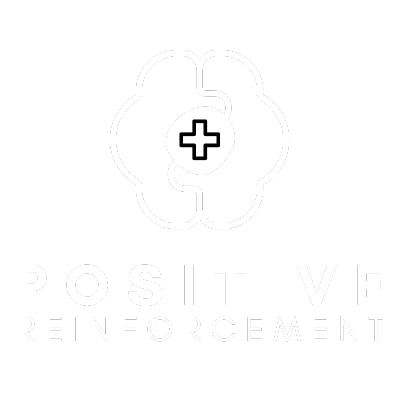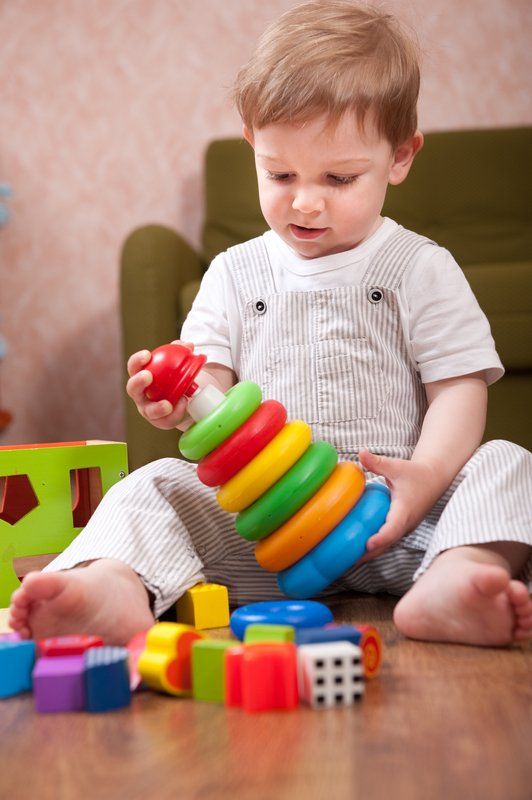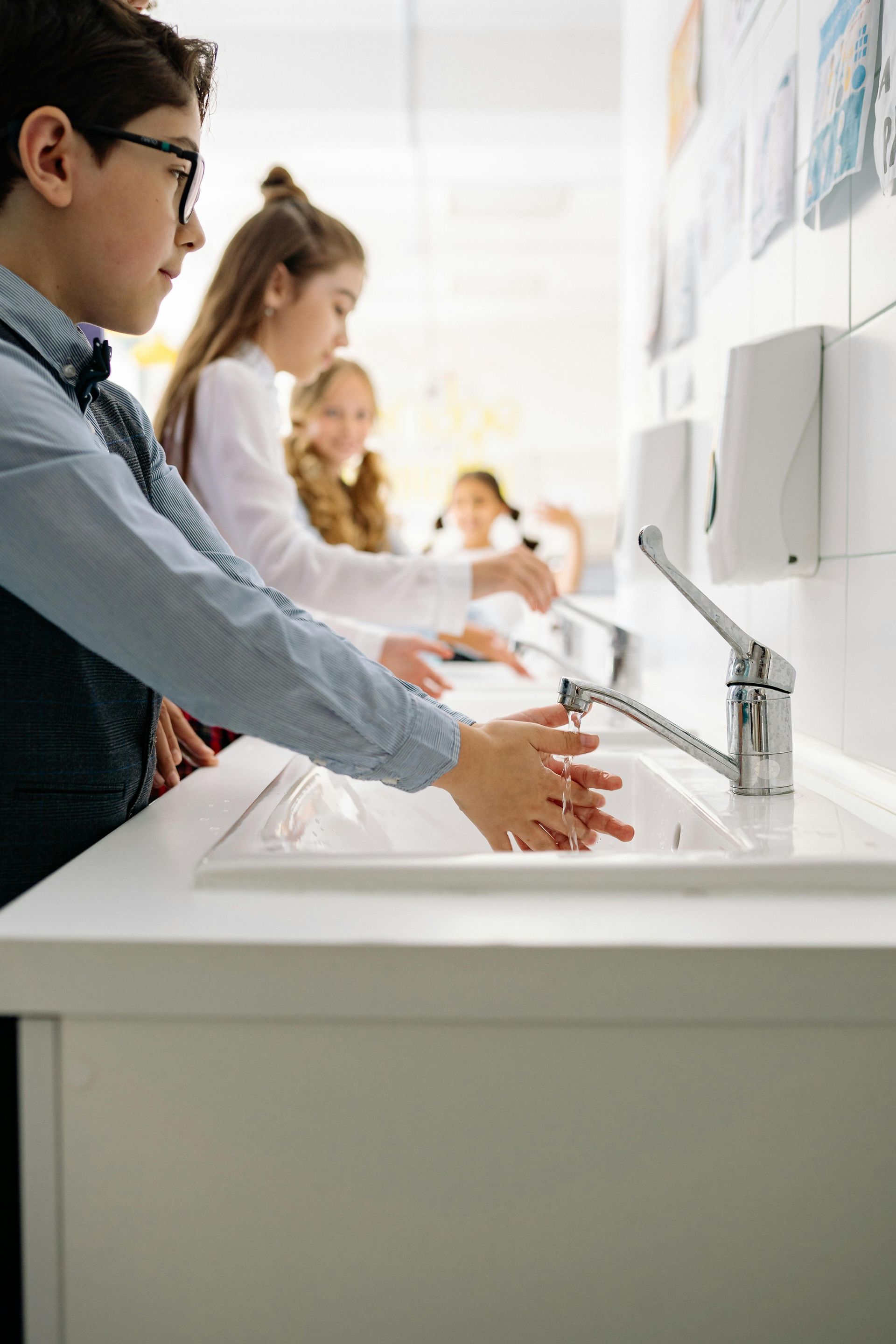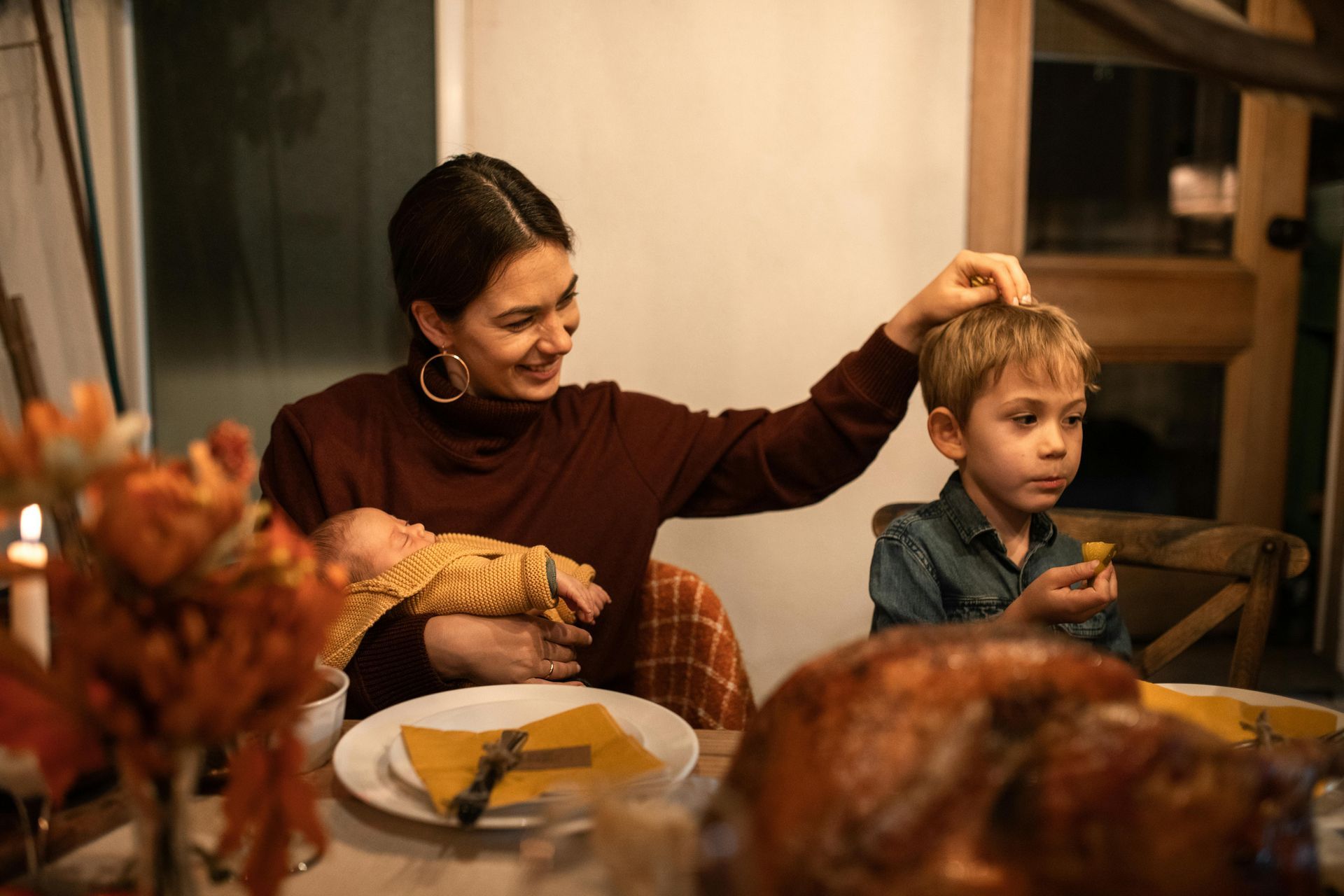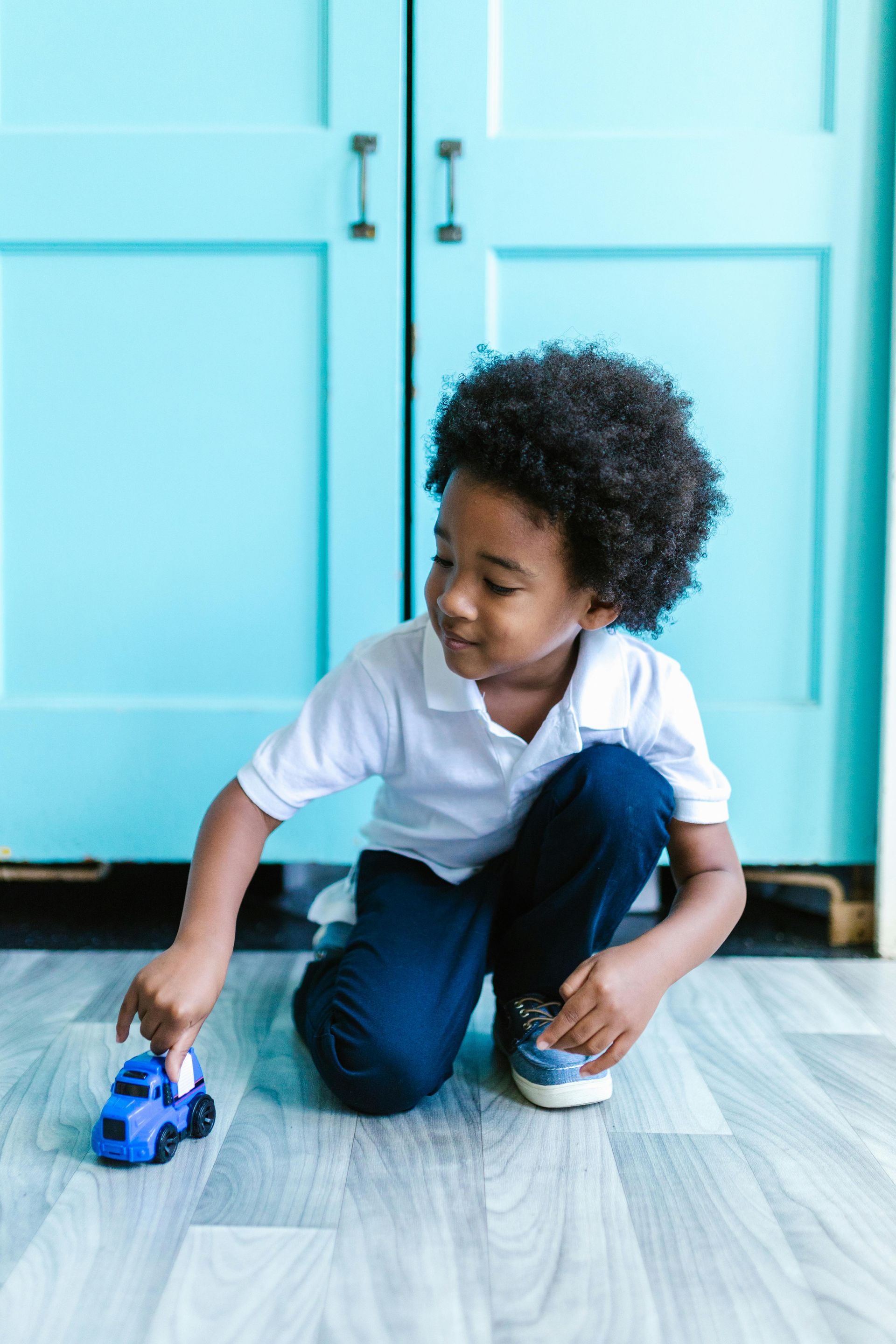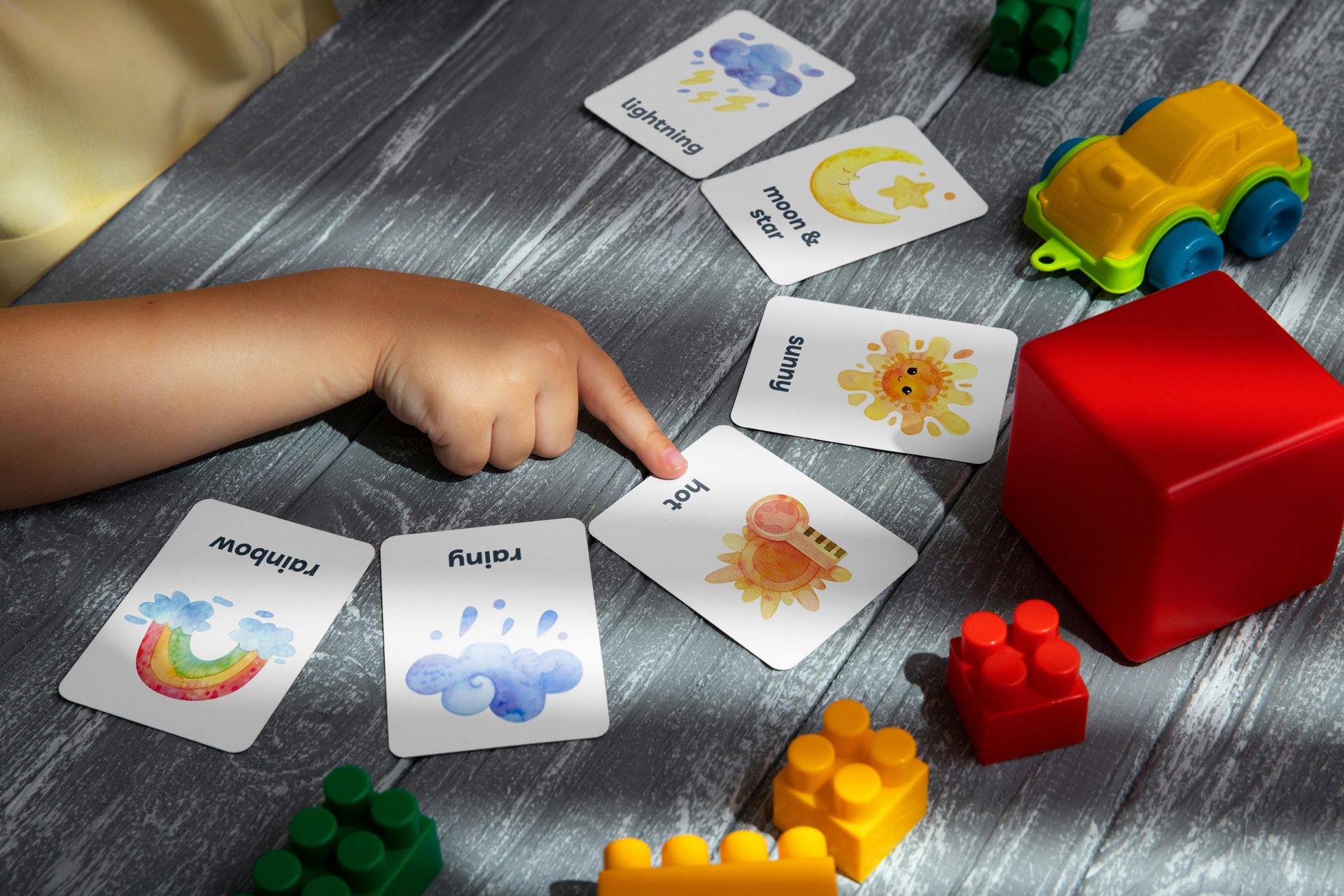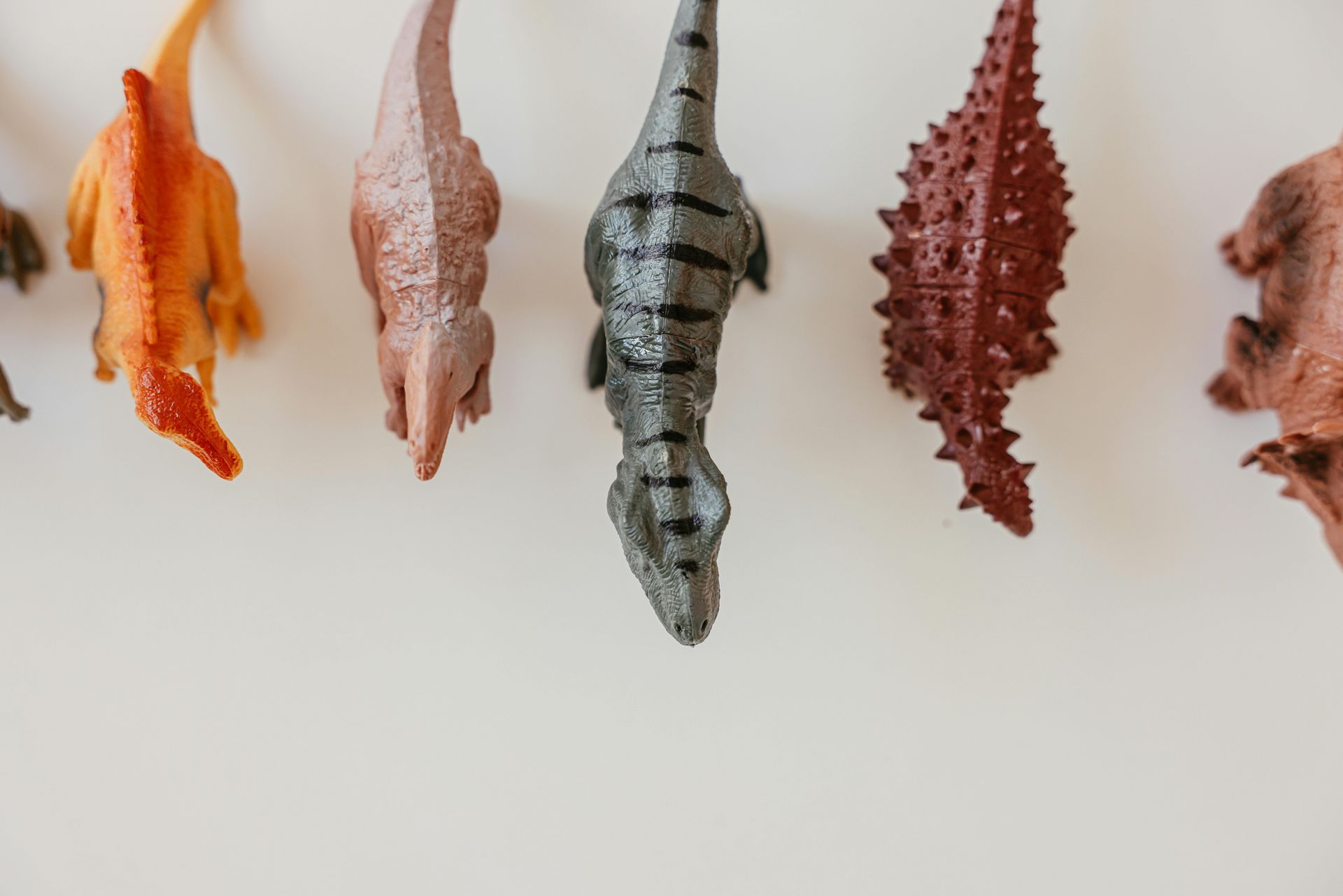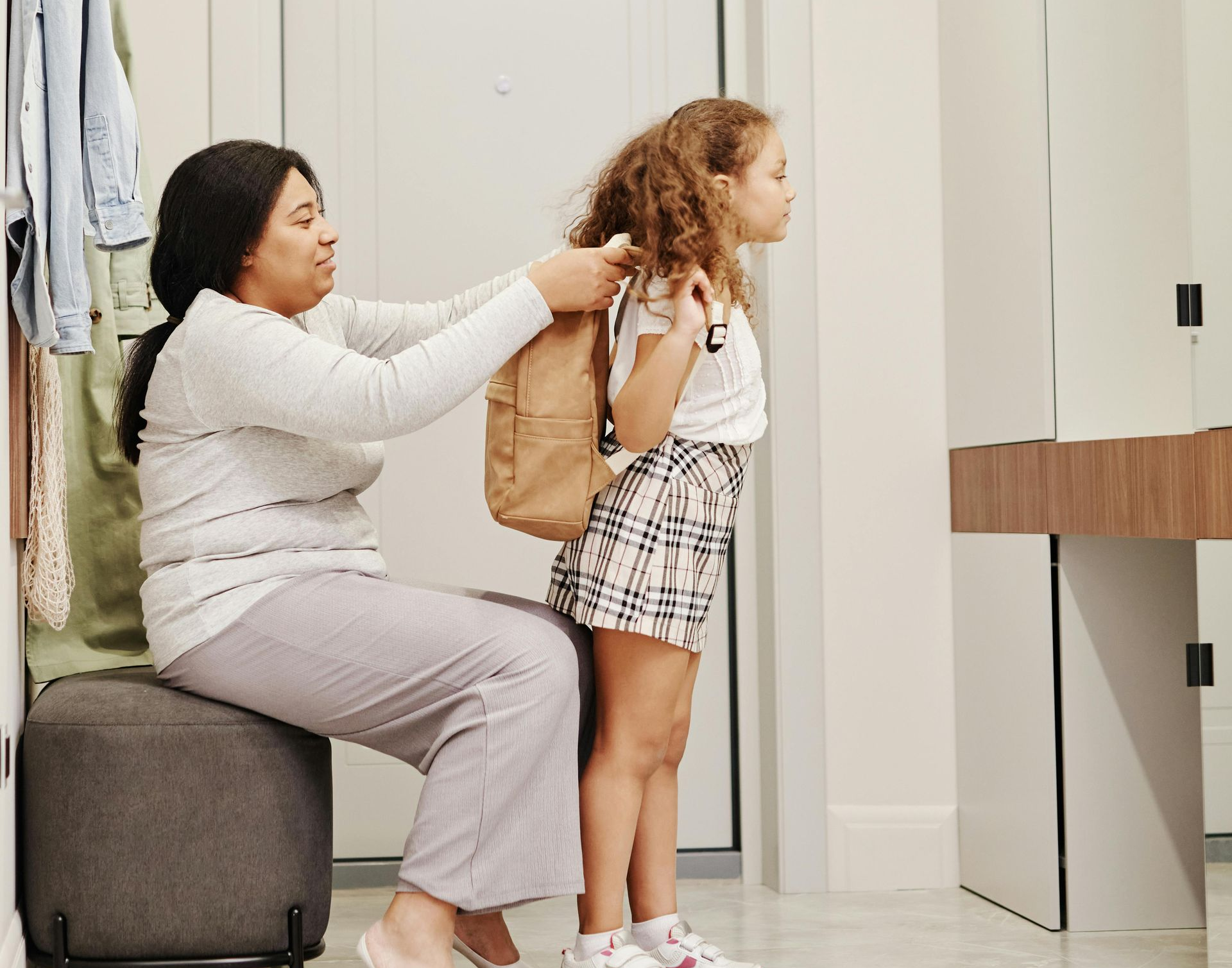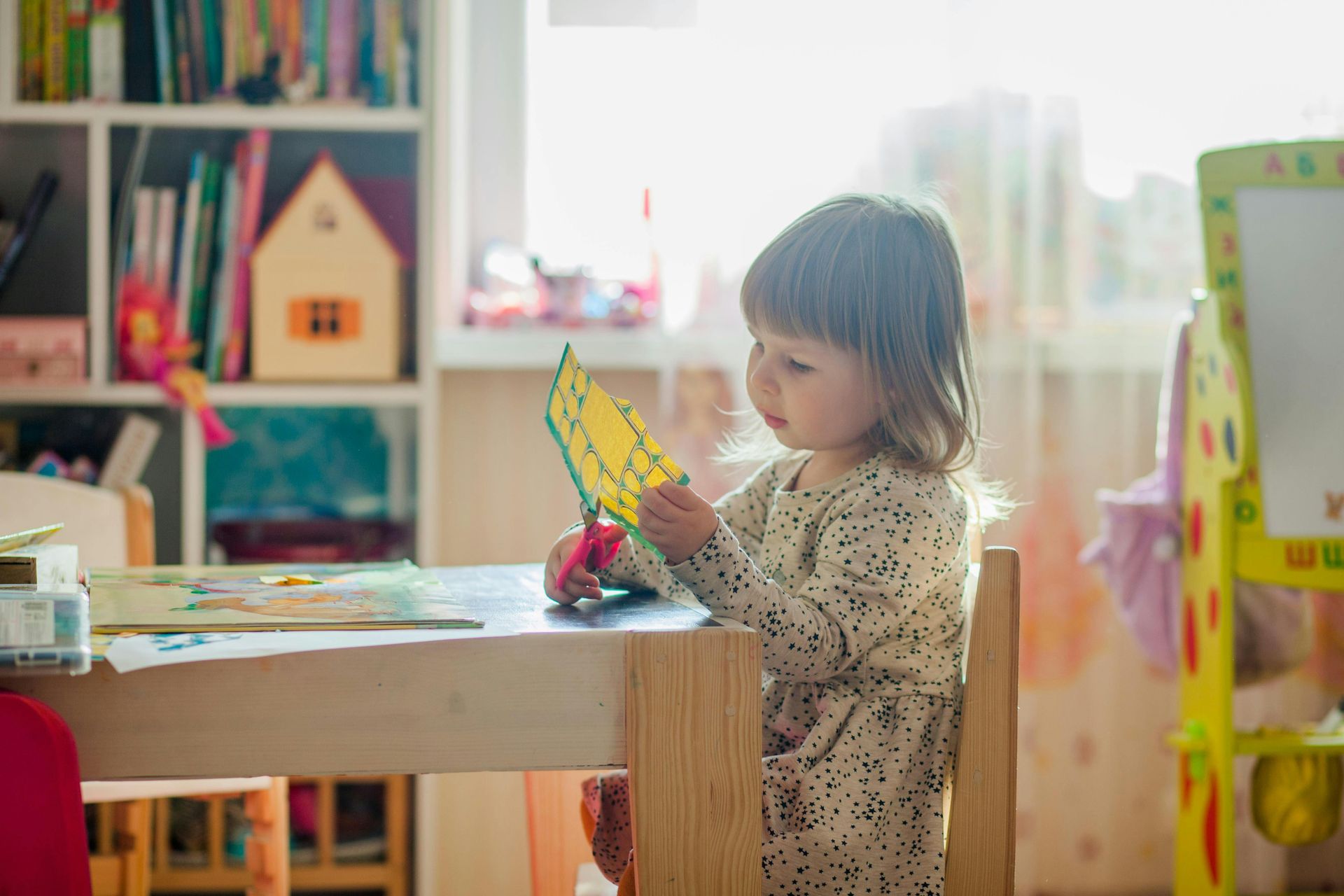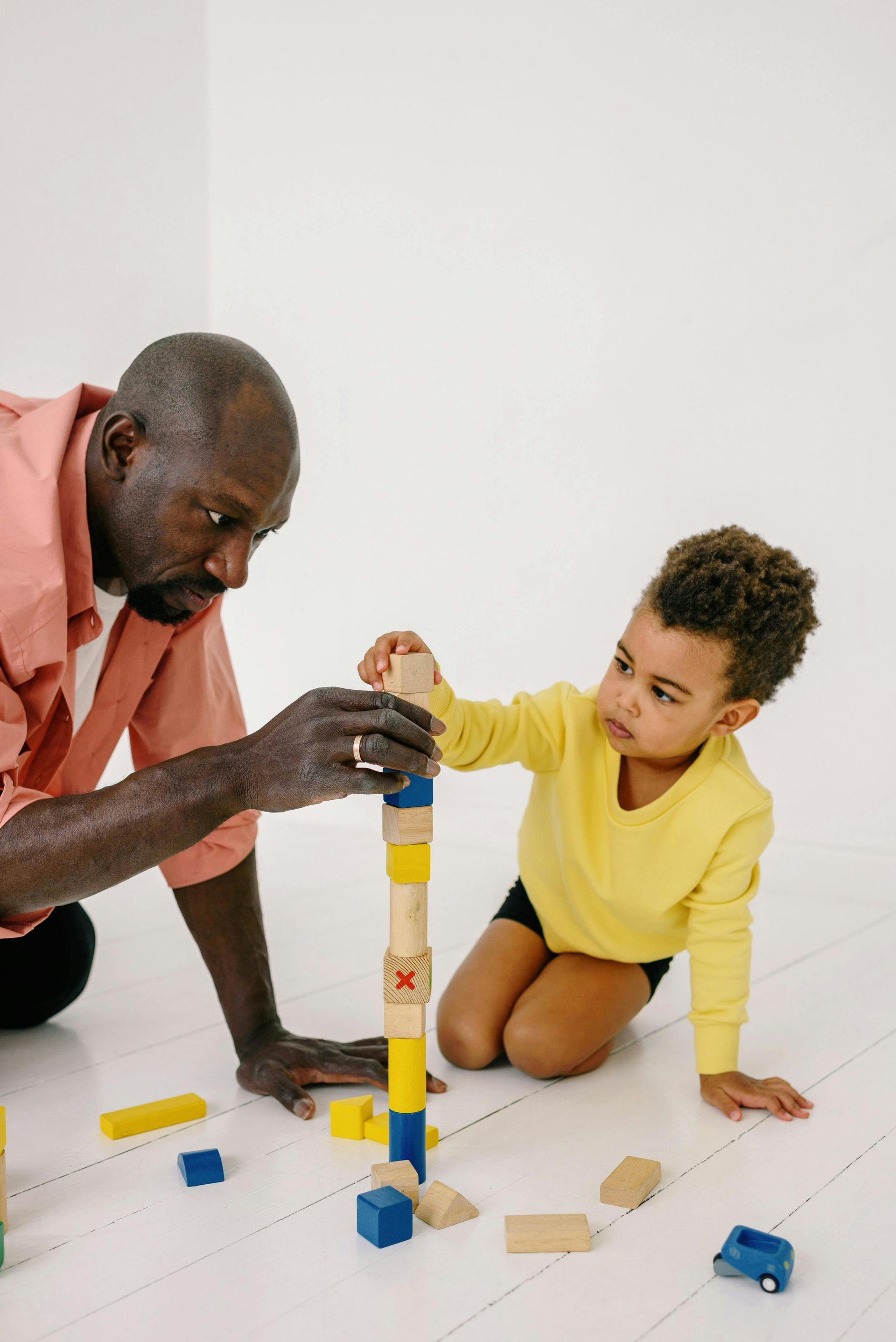Encouraging Independent Play: Activity Suggestions by Age
Encouraging Independent Play: Activity Suggestions by Age
Learning how to play independently is an important developmental skill that children can work towards from a very young age. With a little intention and creativity, parents and caregivers can encourage children to engage in fun activities that provide opportunities to learn and grow. Here are a selection of activities to get you started:
2-3 years old
Shape sorter - A classic for a reason, shape sorter toys are great for developing fine motor skills, hand-eye coordination, and skills in problem solving. In addition, working with all the different shapes and colors sets the stage for some strong vocabulary development.
Ring stacker - Another classic with benefits similar to the shape sorter toy, ring stackers offer an additional skill of learning how to sequence by size.
Puzzles - Puzzles are a great way to work on cognitive, physical, and even emotional skills. Make sure to use ones in your child’s age range.
Putting various items in various containers - This is where your creativity can come in! Never underestimate the power of collecting household items and having your child place them one-by-one into a container. You might be surprised how well this entertains your child, and they are learning while they do it.
3-5 years old
Sorting utensils - One good way to have your preschooler help around the house and practice sorting skills is to put away silverware and other utensils (no knives, of course).
Sensory collage - Make a collage of various materials to expose your child to different types of textures, such as cotton balls, aluminum foil, newspaper, plastic, cloth, or sandpaper. Experiencing varied sensory inputs may prepare your child for messier tactile projects in the future.
Other sensory fun - Water play and blowing bubbles are sensory activities enjoyed by many. Remember that activities that use the whole body—such as jumping on a trampoline or swinging on a swing—are also great ways to engage the senses.
Pre-k activity pages - Your child may be ready for occasional learning tasks with more structure. If you decide to try this route, the internet is full of free printable pre-k worksheets on numbers, letters, colors, shapes, and more!
5-7 years old
Mazes and activity books - A great way to give your child some screen-free time, activities books are tried-and-true for independent play. These might include word searches, simple crossword puzzles, “find the differences” between two pictures, mazes, and still other mentally and visually stimulating exercises.
Coloring pages - Coloring is another oldie-but-goodie. Encourage your child to use their creativity. They may even prefer to draw their own pictures, but if coloring sheets is what they’re after, you can find all sorts of characters and themes with a quick Google search.
Matching socks - Helping sort laundry is a good age-appropriate chore for children in this age group.
7-10 years old
Building toys - The quintessential building block, Lego, transcends all age groups. Lego is a great hobby for children with autism and may very well be a common interest they can use to connect with peers. On top of this, Lego blocks build visual, motor, and analytical skills.
Play-Doh - Like building blocks, the things a child can make out of Play-doh are limitless! Challenge your child to mold new fanciful creations.
Reading for enjoyment - Reading is a wonderful activity for children to engage in independently, even before they know how to read on their own. Children often enjoy revisiting old favorites, turning pages, looking at pictures, and imitating parents. Read with your child often—even after they learn to read for themselves—but also encourage them to explore books on their own.
Positive Reinforcement offers ABA therapy in Bluemont, Middleburg, Upperville, Aldie, Chantilly, Manassas, Woodbridge, Winchester, Front Royal, Middletown,Round Hill, Leesburg, Ashburn, Charles Town, Ferguson, Science Hill, Pulaski Fairfax county and More!
